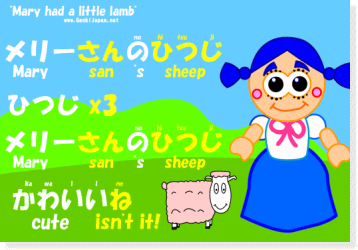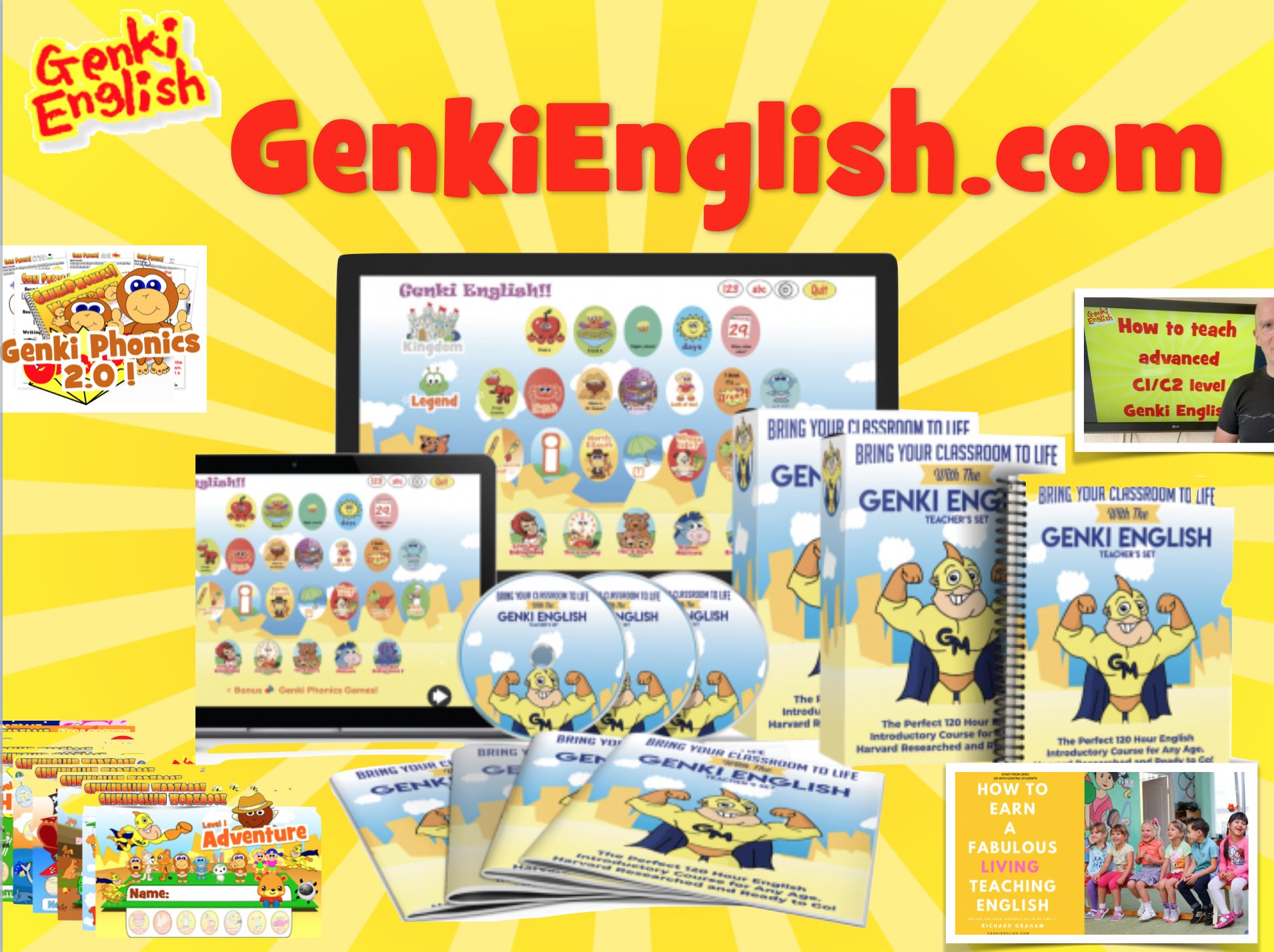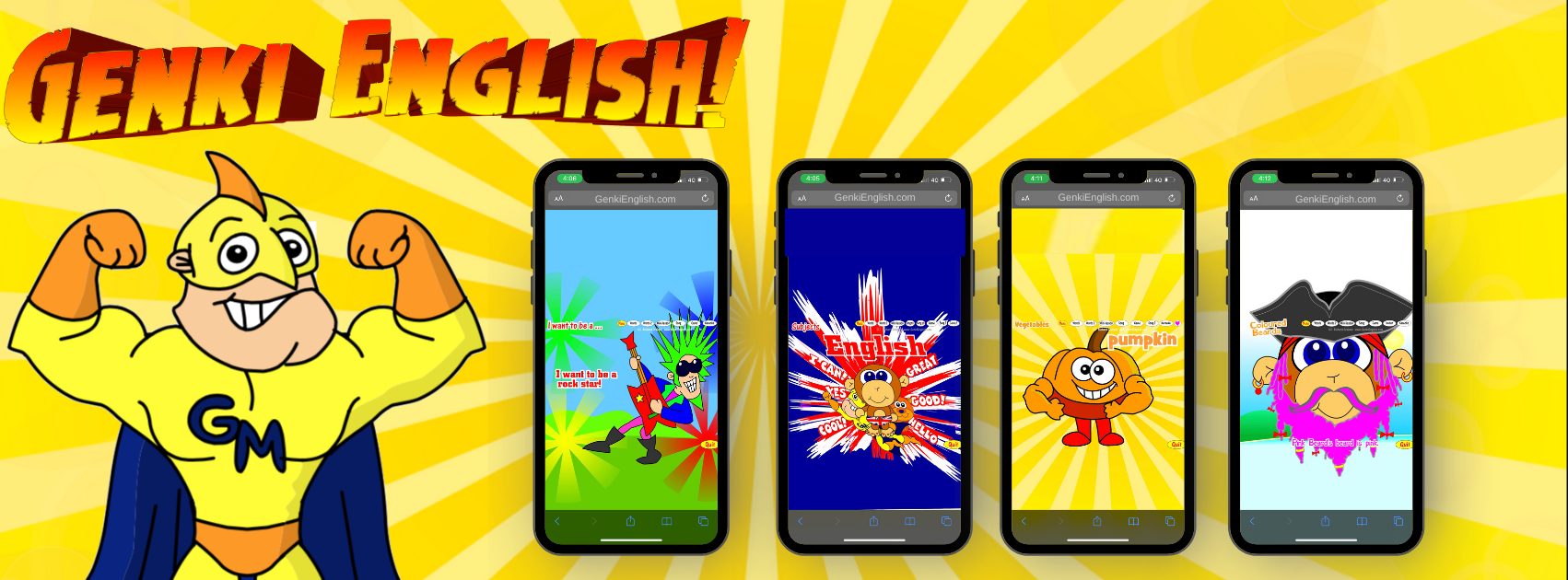 I mentioned in the newsletter yesterday my dislike for songs such as “Twinkle Twinkle Little Star”. Along with the Mother Goose tracks it was the impetus for me starting the Genki English songs in the first place, because I found that whilst the kids could sing them they provided them with very little useful English for quite a lot of effort!
I mentioned in the newsletter yesterday my dislike for songs such as “Twinkle Twinkle Little Star”. Along with the Mother Goose tracks it was the impetus for me starting the Genki English songs in the first place, because I found that whilst the kids could sing them they provided them with very little useful English for quite a lot of effort!
But it’s not always the case in all languages. For example if you’re learning Japanese, something like Mary had a little lamb is actually really useful. That’s because the translations are more modern and are much simpler. For example in Japanese we have “Mary san no hi tsu ji”. So you learn “hi tsu ji” means “sheep” and also it’s good practice of “no” which means ” ‘s ” i.e. Mary san’s sheep. Then it repeats “hi tsu ji” three times. The final line is “kawaii ne” which means “cute, isn’t it”. And those two words, “kawaii”, and “ne” you hear every single day in Japan!
Then if you add in the music and pictures it gets stuck in your head.
I just wish more English songs were like that. I bet you wish you were teaching Japanese now, don’t you!
P.S. what do you think of the poster above? kawaii ne!



